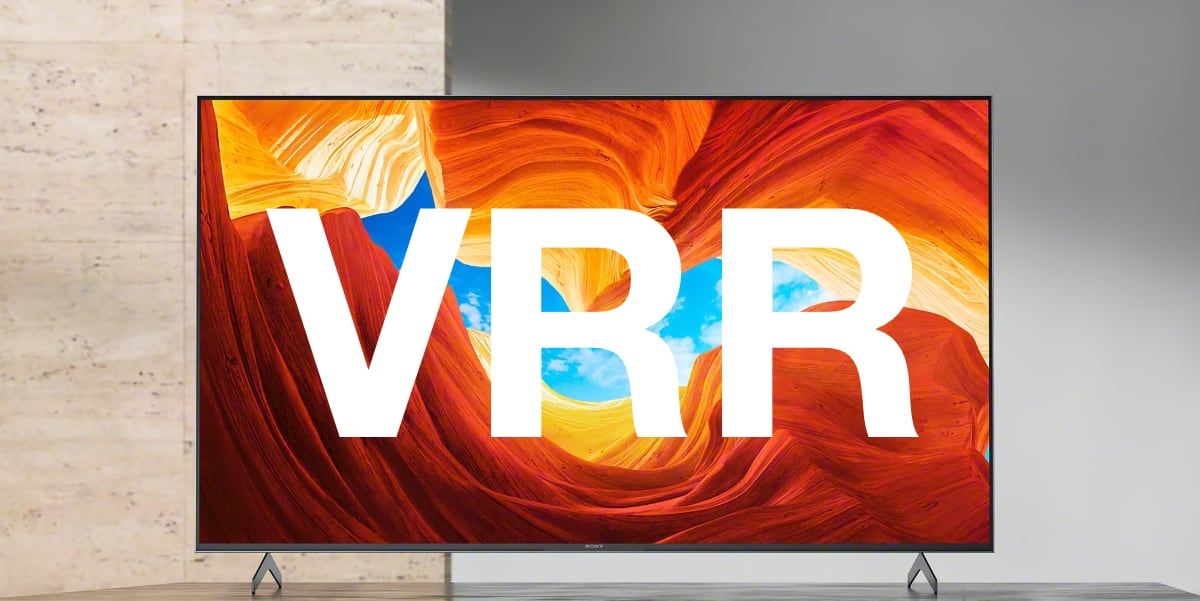Well... you do not need 40 Gbps for 8K@60. Just take a look at DisplayPort 1.4.
DSC is the magic word. In other words: If you are using DSC 24 Gbps would be enough for 8K@60@10Bit@444.
Regarding the 32 Gbps topic: It looks like some people have already forgotten how Sony implemented HDMI on the PS4.
With PS4 Sony went a really strange way by using a DP => HDMI Converter chip from Panasonic. This chip can be seen on every photo of
a PS4 motherboard. Why does it matter for PS5? Simple answer: PS5 is using an updated chip that does the same thing. Most likely a DisplayPort 1.4 => HDMI 2.1 converter from Panasonic Nuvoton. This chip can be seen on the PS5 mainboard.
Now guess what the maximum bandwidth of DisplayPort 1.4 is? Spoiler: It is 32 Gbps.
This should explain why PS5 is only outputting at 32 Gbps. And it should also explain why PS5 most likely won't be able to go higher
than 32 Gbps. But as I mentioned earlier: 32 Gbps is no problem at all (at least if your 8K TV has support for DSC). The only thing Sony has to do now is to enable DSC. Which should not be that hard. But we are talking about Sony. It probably is hard for them. But sooner or later they will add this feature.
A few concluding words regarding HDMI 2.1 and DSC in general: DSC will be a really important factor during the next few years. Especially when "HDMI 2.1" will be introduced into lower end TVs/AVRs/Soundbars etc.. This is because 40 Gbps/48 Gbps chipsets are expensive at the moment. Which is why some manufacturers will use lower-tier-chipsets that only support 24 Gbps. But they need a DSC compatible source in order to achive the higher bandwidth. Remember Yamahas lower end AVRs from 2020 with multiple 8K inputs? Yes. Those AVRs are in fact using a 24 Gbps chipset. However, thanks to the HDMI 2.1 bug Yamaha will replace the whole HDMI board and replace it with a HDMI board that has support for a higher bandwidth. So this should not be an issue. Just keep in mind to look for stuff like "8K60AB, 4K120AB" in the product specifications. If the technical specs only mention 8K60B/4K120B this means that the device is using a low end chipset that requires DSC. (A = uncompressed, AB = compressed and uncompressed, B = compressed). But this is getting OT now.









